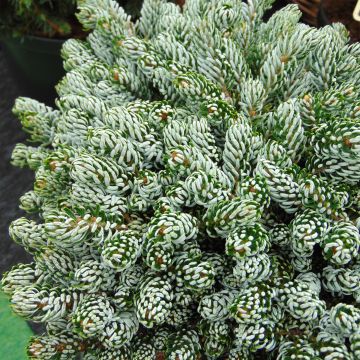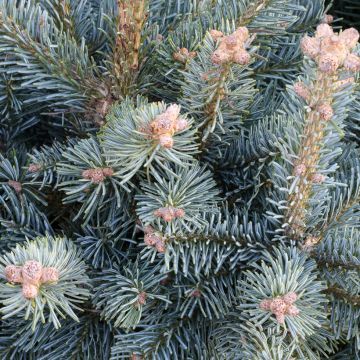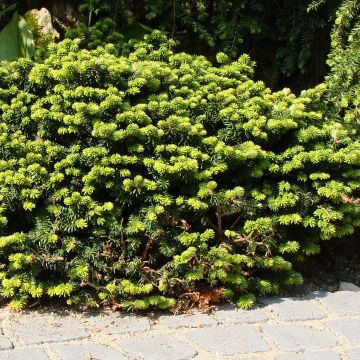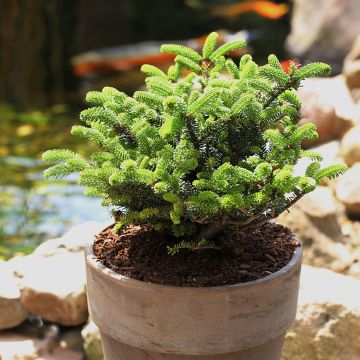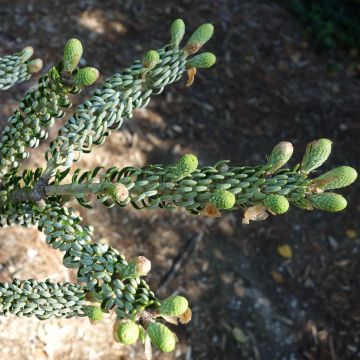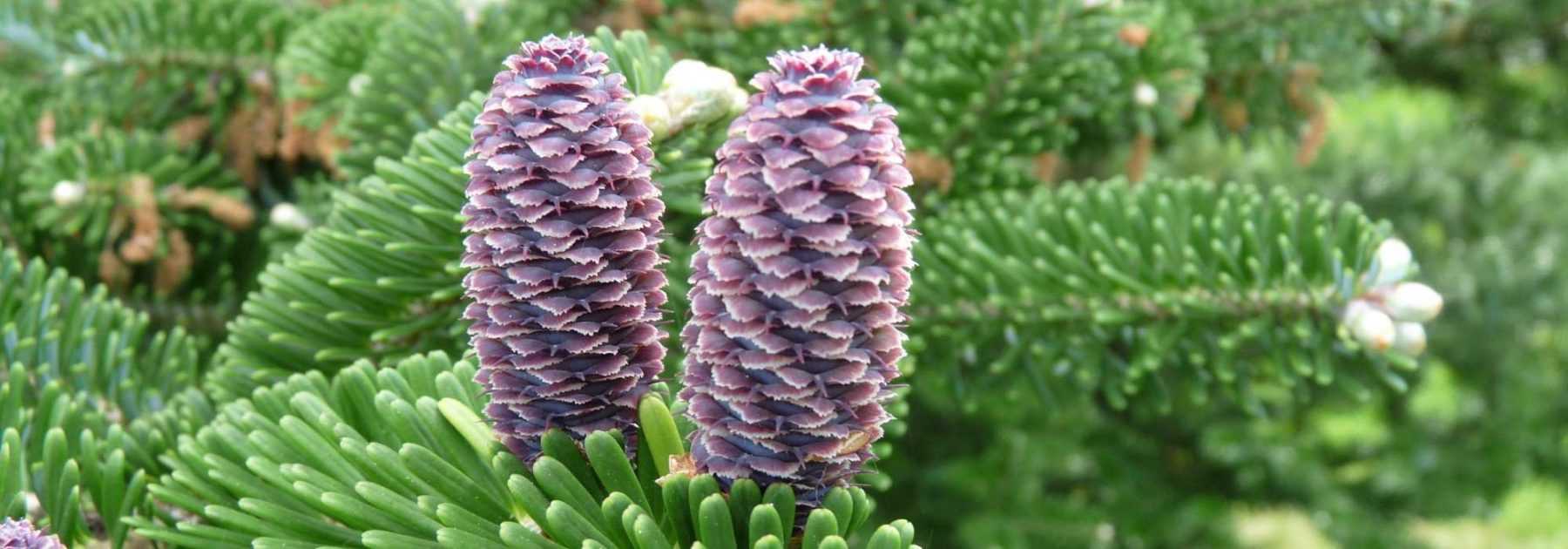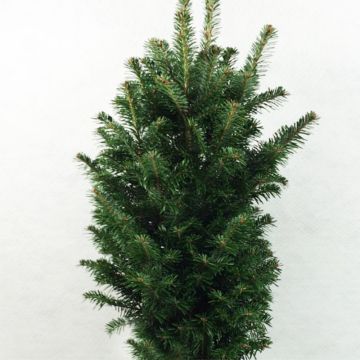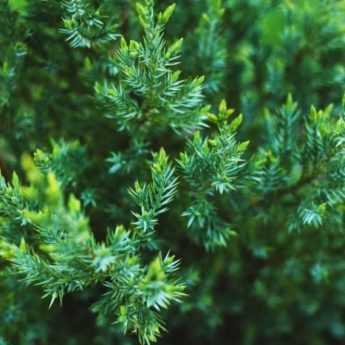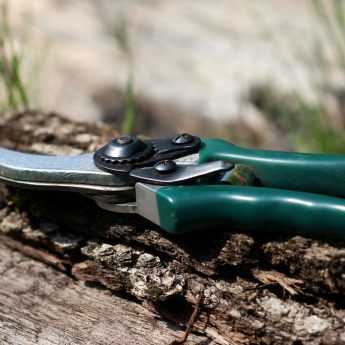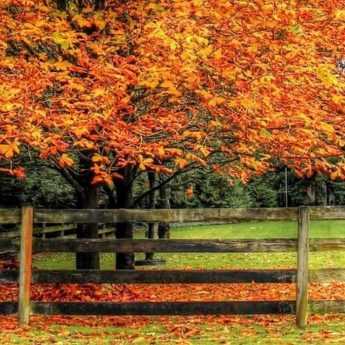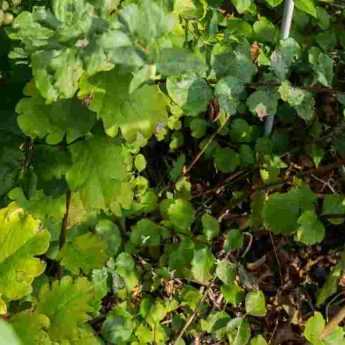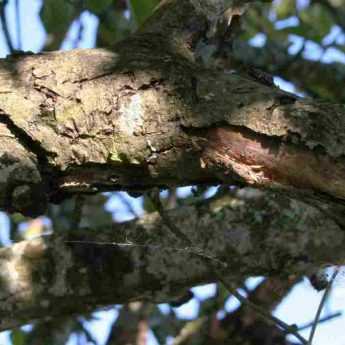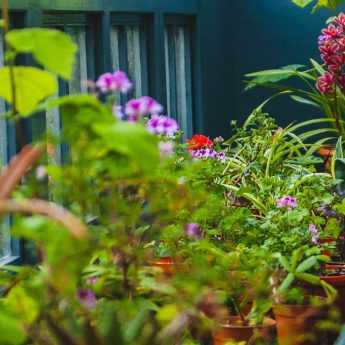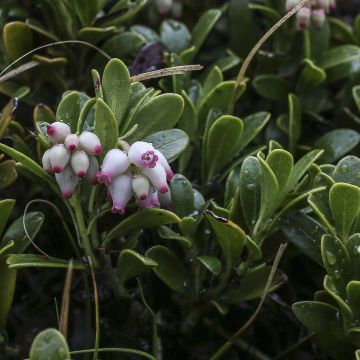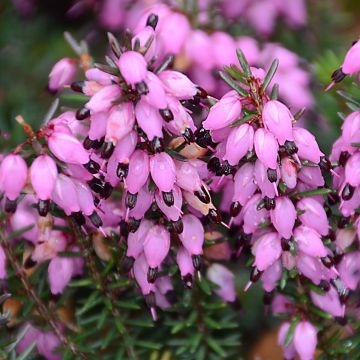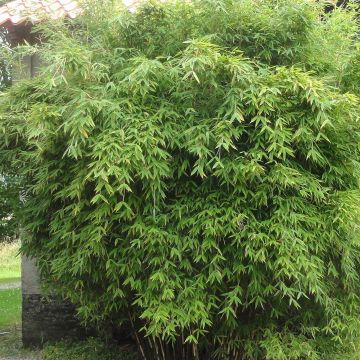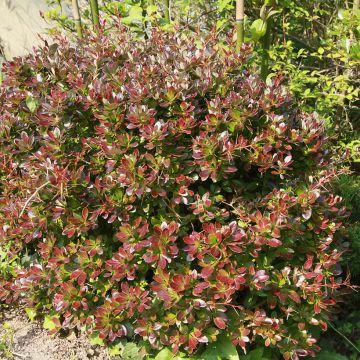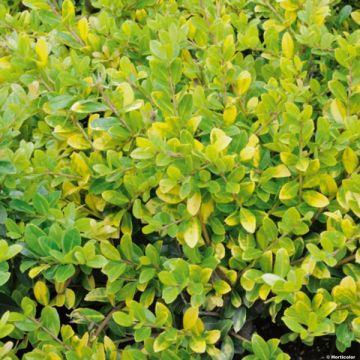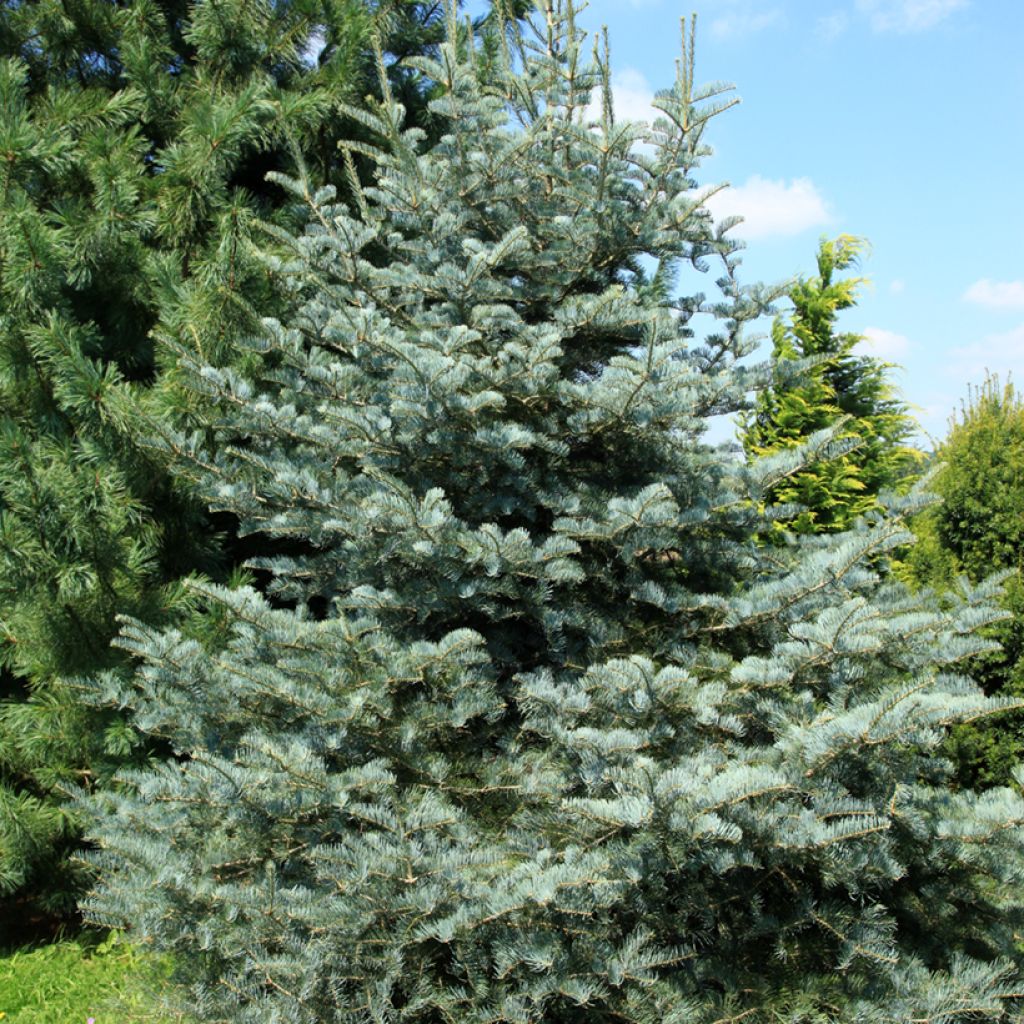

Abies concolour 'Violacea' - Sapin du Colorado Violacea
Abies concolour 'Violacea' - Sapin du Colorado Violacea
Abies concolor 'Violacea'
Sapin du Colorado Violacea
Why not try an alternative variety in stock?
View all →This plant carries a 24 months recovery warranty
More information
We guarantee the quality of our plants for a full growing cycle, and will replace at our expense any plant that fails to recover under normal climatic and planting conditions.
Does this plant fit my garden?
Set up your Plantfit profile →
Description
The Abies concolor 'Violacea' is a particularly luminous form of the Colorado Fir. Its silvery needles become slightly bluer over time whilst remaining very pale. This is a medium-sized conifer with a conical habit which brightens up large gardens. Its hardiness is excellent and it becomes quite drought-tolerant once well-rooted.
The Colorado Fir 'Violacea' is sometimes sold under the name Abies concolor f. violacea. It is a very old cultivar often found in collections. Similar seedlings exist and have been given different names. This conifer belongs to the Pinaceae family. The type species originates from the Rocky Mountains (USA) where it grows between 1,000 and 3,000 m's altitude. It is a montane climate plant that tolerates cold very well but dislikes extreme heat. The 'Violacea' variety shows average to slow growth: at 10 years old, it rarely exceeds 5 m in height by 2 m in width. At maturity, the tree averages 9 m in height by 4.50 m in spread. Its habit is conical, well-branched, and dense. The flexible shoots of this fir bear long, slender, slightly curved needles measuring 4 to 7 cm in length. Their colour ranges from pale silvery-grey to very light blue-green. They emit a pleasant citrus fragrance. Its small yellow spring buds are highly resinous, and its cones are purplish-brown. They only form on mature specimens.
The Abies concolour 'Violacea' is a magnificent conifer to place as a standalone specimen in parks and large gardens. Its very light silhouette is appreciated in winter as well as year-round for softening darker foliage and the caleidoscope of flowering plants. The true ornamental qualities of conifers naturally stand out in contemporary garden designs. Their strong personality provides lasting structure to the landscape. Pair them with ornamental grasses whose wild and complementary temperament will highlight their intensity. They can also be accompanied by ground-cover plants such as aubrieta, Cerastium, and flowering bushes.
Plant habit
Flowering
Foliage
Botanical data
Abies
concolor
'Violacea'
Pinaceae
Sapin du Colorado Violacea
Abies concolor f. violacea
North America
Other Abies
View all →Planting and care
Plant the Abies concolour 'Violacea' from September to November or from February to May in ordinary but well-drained, even rocky, humus-enriched soil, not too dry in summer, in dappled sunlight or partial shade. This plant dislikes very hot climates even though it tolerates summer drought quite well once properly rooted. Water young plants regularly during the two to three summers following planting. A young Colorado Fir should be watered during prolonged periods of intense heat. It does not like excessively chalky soils.
Planting period
Intended location
Care
Planting & care advice
This item has not been reviewed yet - be the first to leave a review about it.
Similar products
Haven't found what you were looking for?
Hardiness is the lowest winter temperature a plant can endure without suffering serious damage or even dying. However, hardiness is affected by location (a sheltered area, such as a patio), protection (winter cover) and soil type (hardiness is improved by well-drained soil).

Photo Sharing Terms & Conditions
In order to encourage gardeners to interact and share their experiences, Promesse de fleurs offers various media enabling content to be uploaded onto its Site - in particular via the ‘Photo sharing’ module.
The User agrees to refrain from:
- Posting any content that is illegal, prejudicial, insulting, racist, inciteful to hatred, revisionist, contrary to public decency, that infringes on privacy or on the privacy rights of third parties, in particular the publicity rights of persons and goods, intellectual property rights, or the right to privacy.
- Submitting content on behalf of a third party;
- Impersonate the identity of a third party and/or publish any personal information about a third party;
In general, the User undertakes to refrain from any unethical behaviour.
All Content (in particular text, comments, files, images, photos, videos, creative works, etc.), which may be subject to property or intellectual property rights, image or other private rights, shall remain the property of the User, subject to the limited rights granted by the terms of the licence granted by Promesse de fleurs as stated below. Users are at liberty to publish or not to publish such Content on the Site, notably via the ‘Photo Sharing’ facility, and accept that this Content shall be made public and freely accessible, notably on the Internet.
Users further acknowledge, undertake to have ,and guarantee that they hold all necessary rights and permissions to publish such material on the Site, in particular with regard to the legislation in force pertaining to any privacy, property, intellectual property, image, or contractual rights, or rights of any other nature. By publishing such Content on the Site, Users acknowledge accepting full liability as publishers of the Content within the meaning of the law, and grant Promesse de fleurs, free of charge, an inclusive, worldwide licence for the said Content for the entire duration of its publication, including all reproduction, representation, up/downloading, displaying, performing, transmission, and storage rights.
Users also grant permission for their name to be linked to the Content and accept that this link may not always be made available.
By engaging in posting material, Users consent to their Content becoming automatically accessible on the Internet, in particular on other sites and/or blogs and/or web pages of the Promesse de fleurs site, including in particular social pages and the Promesse de fleurs catalogue.
Users may secure the removal of entrusted content free of charge by issuing a simple request via our contact form.
The flowering period indicated on our website applies to countries and regions located in USDA zone 8 (France, the United Kingdom, Ireland, the Netherlands, etc.)
It will vary according to where you live:
- In zones 9 to 10 (Italy, Spain, Greece, etc.), flowering will occur about 2 to 4 weeks earlier.
- In zones 6 to 7 (Germany, Poland, Slovenia, and lower mountainous regions), flowering will be delayed by 2 to 3 weeks.
- In zone 5 (Central Europe, Scandinavia), blooming will be delayed by 3 to 5 weeks.
In temperate climates, pruning of spring-flowering shrubs (forsythia, spireas, etc.) should be done just after flowering.
Pruning of summer-flowering shrubs (Indian Lilac, Perovskia, etc.) can be done in winter or spring.
In cold regions as well as with frost-sensitive plants, avoid pruning too early when severe frosts may still occur.
The planting period indicated on our website applies to countries and regions located in USDA zone 8 (France, United Kingdom, Ireland, Netherlands).
It will vary according to where you live:
- In Mediterranean zones (Marseille, Madrid, Milan, etc.), autumn and winter are the best planting periods.
- In continental zones (Strasbourg, Munich, Vienna, etc.), delay planting by 2 to 3 weeks in spring and bring it forward by 2 to 4 weeks in autumn.
- In mountainous regions (the Alps, Pyrenees, Carpathians, etc.), it is best to plant in late spring (May-June) or late summer (August-September).
The harvesting period indicated on our website applies to countries and regions in USDA zone 8 (France, England, Ireland, the Netherlands).
In colder areas (Scandinavia, Poland, Austria...) fruit and vegetable harvests are likely to be delayed by 3-4 weeks.
In warmer areas (Italy, Spain, Greece, etc.), harvesting will probably take place earlier, depending on weather conditions.
The sowing periods indicated on our website apply to countries and regions within USDA Zone 8 (France, UK, Ireland, Netherlands).
In colder areas (Scandinavia, Poland, Austria...), delay any outdoor sowing by 3-4 weeks, or sow under glass.
In warmer climes (Italy, Spain, Greece, etc.), bring outdoor sowing forward by a few weeks.


































